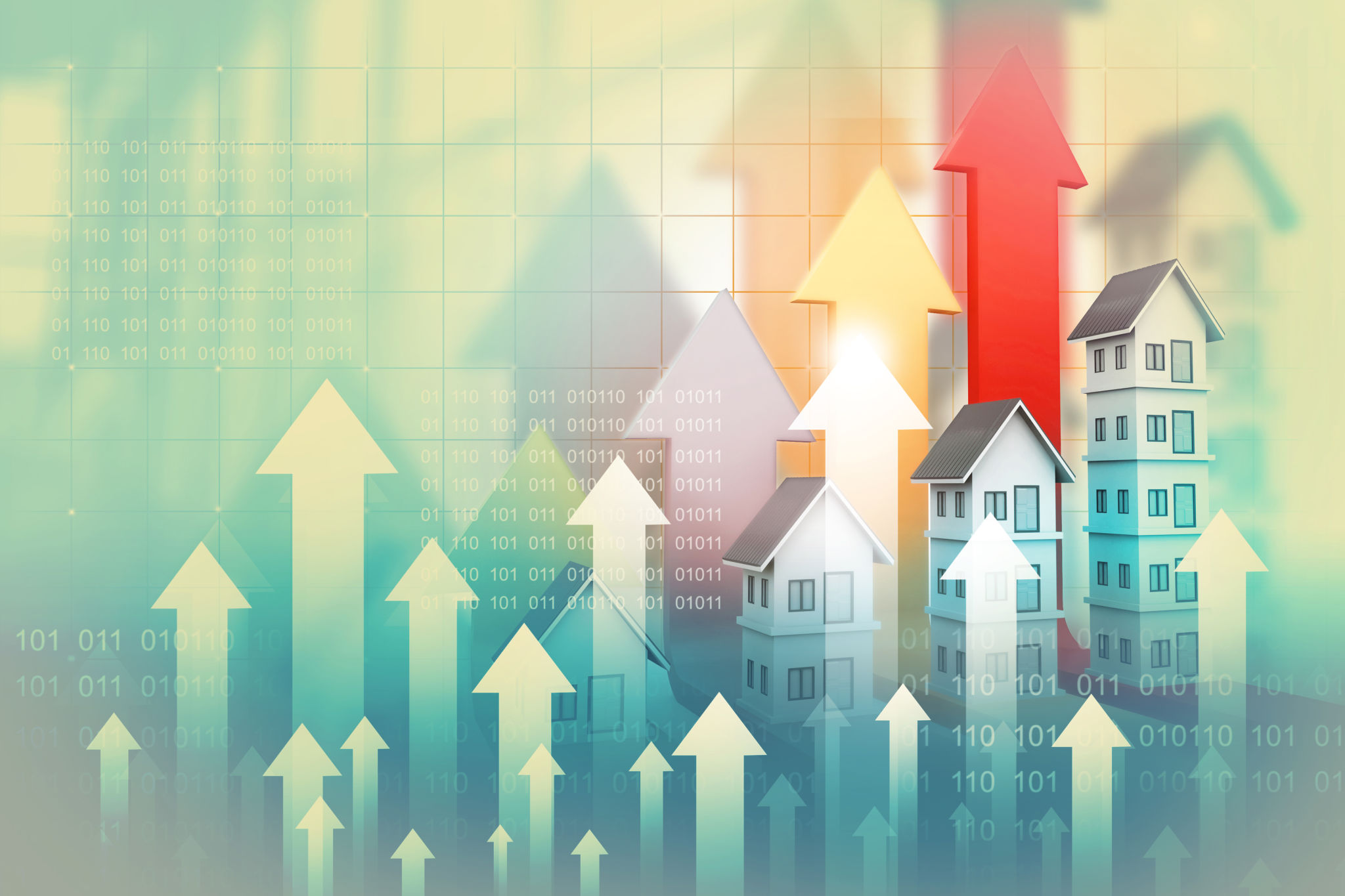Boom or Bubble? What UBS’s Warning Means for South Florida Real Estate in 2025
This week, the UBS Global Real Estate Bubble Index made headlines after naming Miami as the world’s most at-risk housing market. The report, highlighted in the New York Post, placed South Florida ahead of Zurich, Tokyo, and Vancouver when it comes to risk of a housing collapse.
The reason? Prices have soared nearly 70% since 2020, while incomes and rent fundamentals haven’t kept pace. UBS cites excessive price-to-income ratios, investor speculation, and overleveraged buying during the pandemic as key red flags.
But is Miami really on the edge of a collapse—or just going through a long-overdue correction?

📉 What’s Really Happening?
There’s no denying South Florida has been on a historic run. Since 2020, Palm Beach, Broward, and Miami-Dade have seen major influxes of out-of-state buyers, especially from New York, Chicago, and California, seeking lower taxes, remote work freedom, and sunshine.
This led to bidding wars, record-setting condo sales, and luxury markets going vertical.
But now, with mortgage rates hovering around 6.75%–7.25%, inventory slowly returning, and affordability strained, cracks are beginning to show:
- Sales velocity has slowed, especially in the $1M+ range
- Investors are pausing or offloading inventory, particularly short-term rentals
- New construction pipelines are thinning as financing becomes more expensive
- Rent growth is softening in several submarkets, especially Class A multifamily

🏢 Impact on CRE: Watch the Capital Stack
While UBS’s report focuses on the residential side, commercial real estate is feeling the ripple effects. High-interest rates and tightened lending conditions have made it harder to finance new deals—especially in multifamily and condo development.
Many projects are stalled in pre-construction or quietly being restructured. Value-add investors and bridge lenders are sitting on the sidelines, waiting for pricing to recalibrate.
That said, institutional players with dry powder (and patient timelines) are seeing long-term upside—especially in urban infill, industrial, and affordable housing plays.
🔮 Is Relief Coming?
All eyes are on the Federal Reserve, with economists predicting potential rate cuts in mid-to-late 2026 if inflation continues to cool. A drop in rates could reignite buying activity, but it’s unlikely to trigger another frenzy like 2021.
What’s more realistic? A “reset and rebalance” period, where home prices stabilize, deals get repriced, and fundamentals—not hype—drive value.
💡 Final Thought
Yes, South Florida is cooling—but that’s not the same as crashing.
This is a market that still benefits from population growth, global capital, and long-term economic diversification.
While UBS’s warning is a necessary wake-up call, savvy investors and developers are already adjusting strategies—not retreating from the region.
If anything, this moment creates opportunity: to buy smarter, build responsibly, and position for the next wave of growth.